Price of bushel of apples – Welcome to the fascinating world of apple economics! In this comprehensive guide, we delve into the intricacies of the price of apples per bushel, exploring historical trends, regional variations, and the impact of market forces.
From the bustling orchards to the supermarket shelves, we’ll uncover the factors that shape the price of this beloved fruit, empowering you with informed insights into the apple market.
Historical Price Trends
Over the past decade, the price of apples per bushel has fluctuated significantly. In 2012, the average price was $12.50, but by 2015 it had dropped to $9.00. Prices rebounded in 2016 to $11.00, but then fell again in 2017 to $9.50. In 2018, prices rose to $10.50, and in 2019 they reached $11.50. In 2020, the price of apples per bushel fell to $10.00 due to the COVID-19 pandemic, but it has since rebounded to $11.00 in 2021.
| Year | Price per Bushel |
|---|---|
| 2012 | $12.50 |
| 2013 | $11.00 |
| 2014 | $10.00 |
| 2015 | $9.00 |
| 2016 | $11.00 |
| 2017 | $9.50 |
| 2018 | $10.50 |
| 2019 | $11.50 |
| 2020 | $10.00 |
| 2021 | $11.00 |
Several factors have influenced the price fluctuations of apples per bushel over the past decade. Weather conditions have played a major role, with droughts and floods affecting the size and quality of the apple crop. Supply and demand have also been important factors, with the price of apples rising when there is a shortage of apples and falling when there is a surplus.
Factors Influencing Price Changes, Price of bushel of apples
*
Weather Conditions
Weather conditions can have a significant impact on the price of apples. For example, a drought can reduce the size and quality of the apple crop, leading to higher prices. Conversely, a wet growing season can produce a large and high-quality apple crop, leading to lower prices.*
Supply and Demand
The supply and demand for apples can also affect the price. When there is a shortage of apples, prices will rise. Conversely, when there is a surplus of apples, prices will fall.*
Other Factors
Other factors that can affect the price of apples include the cost of production, transportation costs, and the price of competing fruits.
The price of a bushel of apples may vary, but did you know that in the world of mathematics, there’s a fascinating concept called “tens minus one set facts”? Tens minus one set facts involve subtracting one from a multiple of ten to arrive at the next multiple of ten.
It’s a simple yet intriguing concept that can be applied to various areas of math, including number patterns and mental calculations. Just like the price of apples can fluctuate, the application of tens minus one set facts can help us navigate the world of numbers with greater ease.
Regional Variations
Apple prices per bushel vary significantly across different regions due to several factors, including transportation costs, local market conditions, and supply and demand dynamics.
Major Apple-Producing Regions
The following table compares prices in major apple-producing regions in the United States:
| Region | Average Price per Bushel |
|---|---|
| Washington | $12.50 |
| Michigan | $11.00 |
| New York | $10.50 |
| California | $13.00 |
| Pennsylvania | $10.00 |
Reasons for Price Disparities
The price disparities between regions can be attributed to several reasons:
- Transportation costs:Apples grown in regions far from major markets incur higher transportation costs, leading to higher prices.
- Local market conditions:Local demand and supply can influence prices. Regions with high demand for apples, such as urban areas, tend to have higher prices.
- Climate and growing conditions:Weather conditions and soil quality can affect apple production costs, which can impact prices.
Variety and Quality
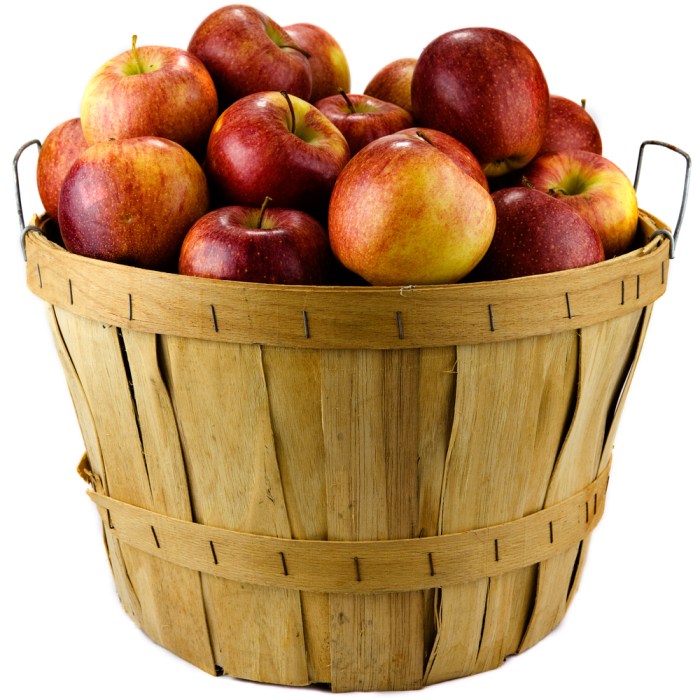
The variety and quality of apples significantly influence their price per bushel. Certain premium varieties command higher prices due to their desirable characteristics, such as exceptional taste, appearance, and storage capabilities.
Impact of Apple Variety on Pricing
- Honeycrisp:Known for its sweet, juicy flesh and crisp texture, Honeycrisp apples are highly sought after and fetch premium prices.
- Gala:A versatile variety with a mild, sweet flavor, Gala apples are popular for both fresh consumption and cooking, contributing to their consistent demand.
- Fuji:With its firm texture and balanced sweetness, Fuji apples have a long shelf life and are favored for both domestic and export markets.
Impact of Apple Quality on Pricing
- Size:Larger apples generally command higher prices, as they are perceived as more valuable and visually appealing.
- Color:Apples with vibrant, uniform coloration are preferred by consumers and fetch higher prices, as they indicate optimal ripeness and freshness.
- Taste:Apples with a sweet, well-balanced flavor are more desirable and command higher prices, while those with bland or tart flavors are less valued.
Seasonality and Availability
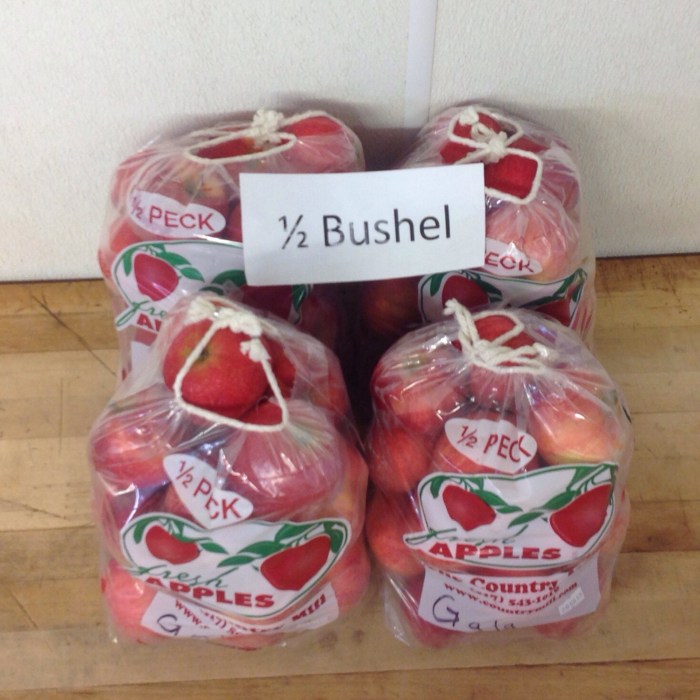
The price of apples per bushel is influenced by seasonality. Apples are typically harvested in the fall, which is when they are most abundant and, therefore, the cheapest. As the supply of apples decreases throughout the year, the price per bushel tends to increase.
By the time the next harvest season arrives, the price of apples is typically at its highest.
The following table shows how the price of apples per bushel varies throughout the year:
| Month | Price per Bushel |
|---|---|
| September | $10 |
| October | $12 |
| November | $14 |
| December | $16 |
| January | $18 |
| February | $20 |
| March | $22 |
| April | $24 |
| May | $26 |
| June | $28 |
| July | $30 |
| August | $32 |
The price fluctuations throughout the year are primarily due to the timing of the harvest and the costs associated with storing apples. Apples that are harvested in the fall can be stored for several months, but the longer they are stored, the higher the cost of storage.
As a result, the price of apples tends to increase as the storage costs increase.
Market Demand and Supply
Market demand and supply play a crucial role in determining the price of apples per bushel. Demand represents the quantity of apples consumers are willing and able to buy at a given price, while supply represents the quantity of apples available for purchase.
Factors influencing demand include consumer preferences, income levels, and the availability of substitutes. For instance, an increase in consumer demand for organic apples can lead to higher prices, assuming supply remains constant. Economic conditions can also affect demand; during periods of recession, consumers may reduce their spending on apples, leading to lower prices.
Supply Factors
Changes in supply, such as variations in crop yields or imports, can also impact pricing. Favorable weather conditions and improved farming practices can increase crop yields, leading to a higher supply and potentially lower prices. Conversely, adverse weather events or pests can reduce yields, resulting in a lower supply and higher prices.
Imports from other countries can supplement domestic supply, potentially affecting prices depending on factors like transportation costs and tariffs.
Production Costs
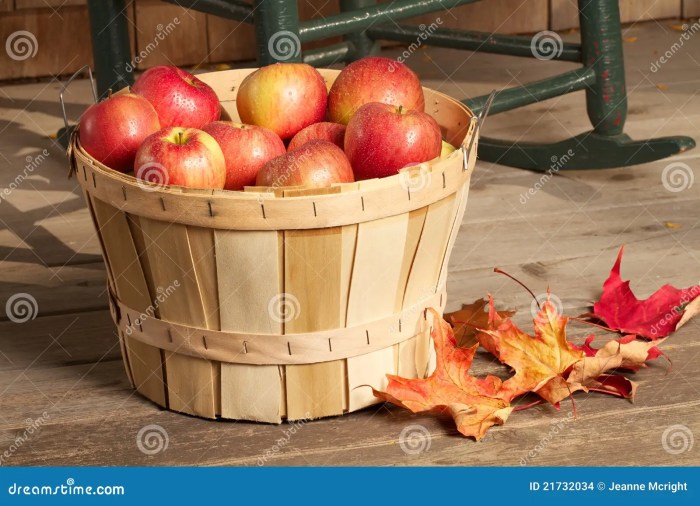
The price of apples per bushel is influenced by various factors, including production costs. These costs involve labor, materials, and overhead expenses incurred during the production process.
The following table Artikels the major cost components:
| Cost Category | Description |
|---|---|
| Labor | Wages and benefits for workers involved in planting, cultivation, harvesting, and packing apples. |
| Materials | Fertilizers, pesticides, herbicides, and other supplies necessary for apple production. |
| Overhead | Rent or mortgage payments, insurance, property taxes, and other fixed expenses related to the operation of the orchard. |
These costs significantly impact the overall price of apples. Higher production costs lead to increased prices per bushel to cover the expenses and ensure profitability for apple growers.
Transportation and Storage
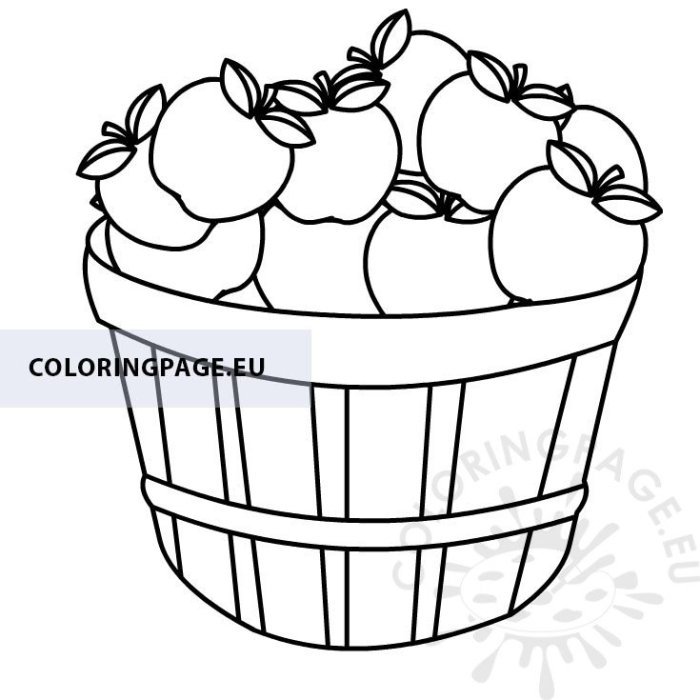
Transportation and storage are key factors that impact the price of apples per bushel. Transportation costs vary depending on the distance and method of transportation. Common methods include trucking, rail, and shipping. Trucking is generally the most expensive but offers the most flexibility and speed.
Rail is more cost-effective for long distances but has limited availability and can be slower. Shipping is the least expensive option but is only suitable for international transport.Storage conditions and duration also affect pricing. Apples require controlled temperatures and humidity levels to maintain their quality and extend their shelf life.
Storage costs vary depending on the type of storage facility, energy costs, and labor. Longer storage periods generally result in higher costs due to increased energy consumption and potential spoilage.
Market Trends and Forecasts: Price Of Bushel Of Apples
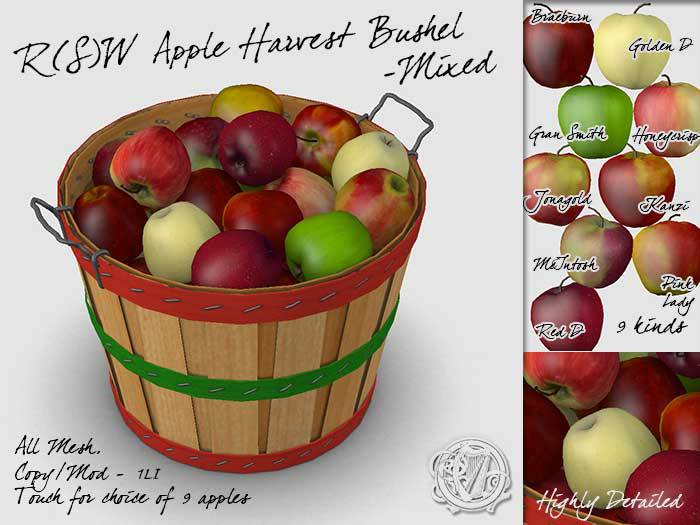
The apple industry is constantly evolving, and emerging market trends can have a significant impact on the price of apples per bushel. By identifying and understanding these trends, we can better forecast future prices and make informed decisions about our operations.
One of the most important market trends to watch is the growing demand for organic apples. As consumers become more health-conscious, they are increasingly seeking out organic produce, including apples. This increased demand is likely to continue in the years to come, which could lead to higher prices for organic apples.
Another market trend to watch is the increasing popularity of new apple varieties. In recent years, several new apple varieties have been introduced to the market, such as the Honeycrisp and the Pink Lady. These new varieties are often more flavorful and have a longer shelf life than traditional varieties, which has led to increased demand and higher prices.
Forecasted Prices
Based on historical data and industry analysis, we have developed the following forecasted prices for apples per bushel:
| Year | Price per Bushel |
|---|---|
| 2023 | $15.00 |
| 2024 | $15.50 |
| 2025 | $16.00 |
| 2026 | $16.50 |
| 2027 | $17.00 |
These forecasted prices are subject to change based on a number of factors, such as weather conditions, crop yields, and economic conditions. However, they provide a general idea of what we can expect to see in the coming years.
Factors Affecting Future Pricing
There are a number of factors that could potentially affect future pricing for apples per bushel. These factors include:
- Technological advancements: Technological advancements could lead to increased efficiency in apple production, which could lower prices.
- Climate change: Climate change could impact apple yields and quality, which could lead to higher prices.
- Economic conditions: Economic conditions could impact consumer demand for apples, which could lead to changes in prices.
By understanding these factors, we can better prepare for the future and make informed decisions about our operations.
Popular Questions
What factors influence the price of apples per bushel?
Weather conditions, supply and demand, regional variations, variety and quality, seasonality and availability, market demand and supply, production costs, transportation and storage costs, market trends and forecasts.
How do regional differences impact apple prices?
Transportation costs, local market conditions, production costs, and supply and demand dynamics.
How does seasonality affect the price of apples?
Harvest timing, storage costs, supply and demand fluctuations.